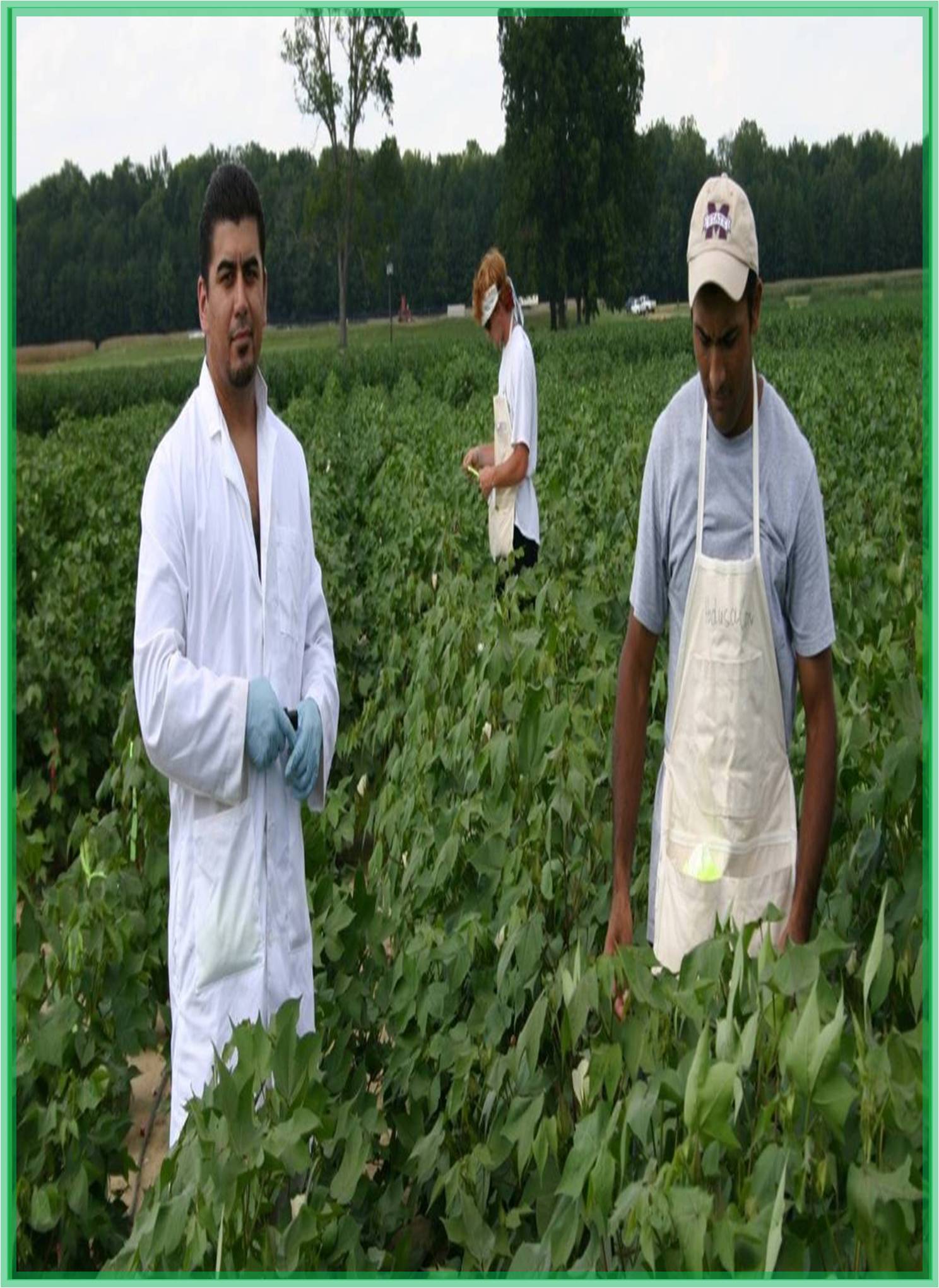



Received: 20-Jul-2022, Manuscript No. GJARR-22-71442; Editor assigned: 25-Jul-2022, Pre QC No. GJARR-22-71442 (PQ); Reviewed: 08-Aug-2022, QC No. GJARR-22-71442; Revised: 16-Aug-2022, Manuscript No. GJARR-22-71442 (R); Published: 23-Aug-2022, DOI: 10.15651/2437-1858.22.10.007
Commercial Value of Applied Horticulture Research Growing plants for ornamental, nutritional, or medicinal uses in yards or other outdoor places is known as horticulture. Horticulturists are those who grow flowers, fruits, nuts, vegetables, herbs, ornamental trees, and lawns. Horticulture has been studied and practiced for a very long time, thousands of years. Horticulture aided the transition of human populations from nomadic to sedentary or semi-sedentary lifestyles. Horticulture is broken down into a number of sections that concentrate on growing and preparing various kinds of plants and foods for certain uses. Numerous organizations from all over the world educate, encourage, and promote the development of horticulture in order to preserve the science. Some well-known horticulturists are Luther Burbank and Luca Ghini.
Additionally, it covers arboriculture, landscape restoration, soil management, landscape and garden design, as well as building and maintenance. Horticulture, which is modeled after agriculture, derives from the Latin terms hortus and cultura, which mean "garden" and "cultivation," respectively. Horticulture does not involve intensive crop cultivation, large-scale crop production, or animal husbandry, in contrast to agriculture. Furthermore, while agriculture concentrates on one sizable core crop at a time, horticulture uses small plots with a range of mixed crops.
The histories of agriculture, botany, and horticulture are intertwined. The development of horticultural communities from nomadic hunter-gatherer societies into settled or semi-sedentary societies can be seen as the beginning of horticulture. By burning plant debris, pre-Columbian inhabitants of the Amazon Rainforest employed biochar to increase soil fertility.
This soil was known as Terra Preta de Indio by early settlers. Such horticulture was frequently practiced on swiddens, sometimes known as "slash and burn" places, in forest regions. The semi-sedentary Eastern Woodlands societies of pre-contact North America, who cultivated maize, squash, and sunflowers, stood in stark contrast to the nomadic hunter-gatherer groups of the Plains people. Maya horticulture in Central America entailed enhancing the forest with valuable trees including papaya, avocado, cacao, ceiba, and sapodilla. Many crops were grown in the cornfields, including beans, squash, pumpkins, and chilli peppers; in some civilizations, women were mostly or solely responsible for tending to these crops.
The oldest society in India is the Horticultural Society of India, which was founded in 1941 in Lyallpur, Punjab, but later relocated to Delhi. The Society for the Promotion of Horticulture, situated in Bengaluru, is a noteworthy organisation that has been in operation since 2005. For the progress of horticultural studies, both of these associations publish scholarly periodicals, namely the Indian Journal of Horticulture and the Journal of Horticultural Sciences. The National Junior Horticultural Association was the first organisation in the world created specifically for young people and gardening. It was founded in 1934.Through NJHA programmes; young people can learn the fundamentals of horticulture and hone their talents in this ever-evolving art and science through NJHA programmes.
The Global Horticulture Initiative promotes collaboration and partnerships among various horticulture stakeholders. Horticulture for development, or using horticulture to enhance nutrition all over the world, is a particular area of emphasis for this organisation. GlobalHort is structured as a group of national and international organisations that work together on projects involving research, education, and the development of new technologies in order to achieve predetermined goals. A non-profit organisation with a Belgian registration is called GlobalHort. The Chartered Institute of Horticulture is the organisation that represents horticulturists in Great Britain and Ireland and has a chapter abroad for members who live outside of these territories. In order to further Australian horticultural science and industry, the Australian Society of Horticultural Science was founded as a professional organisation in 1990. Another well-known horticultural organisation is the New Zealand Horticulture Institute.